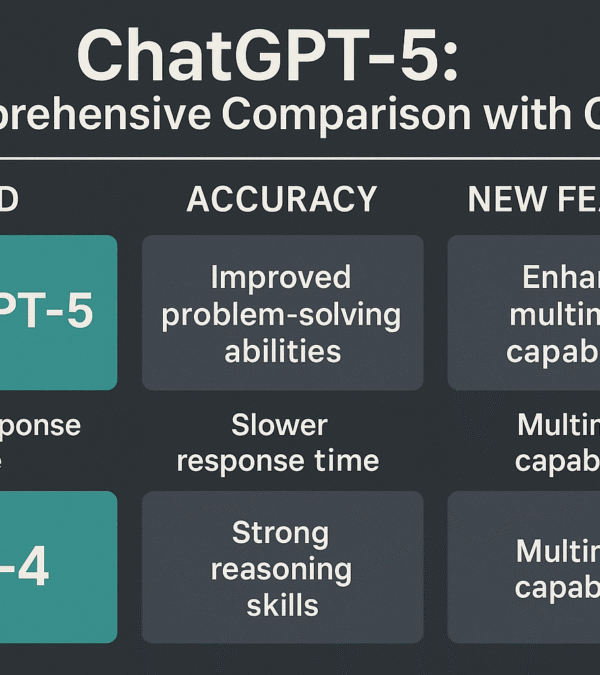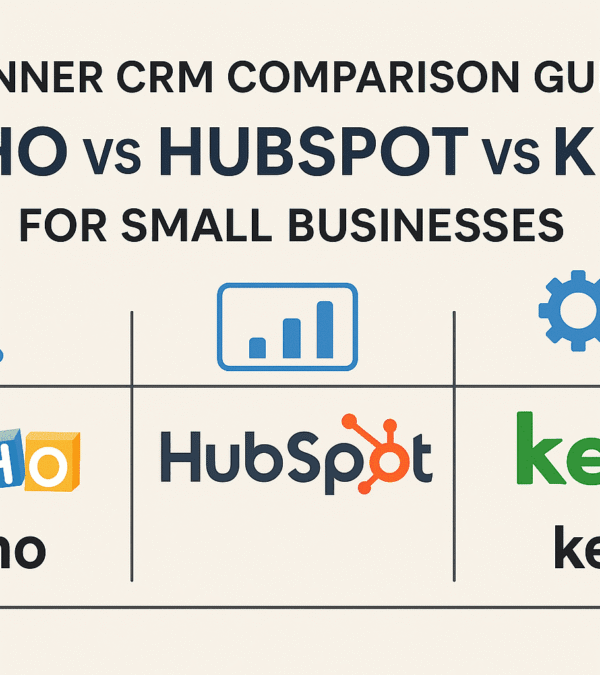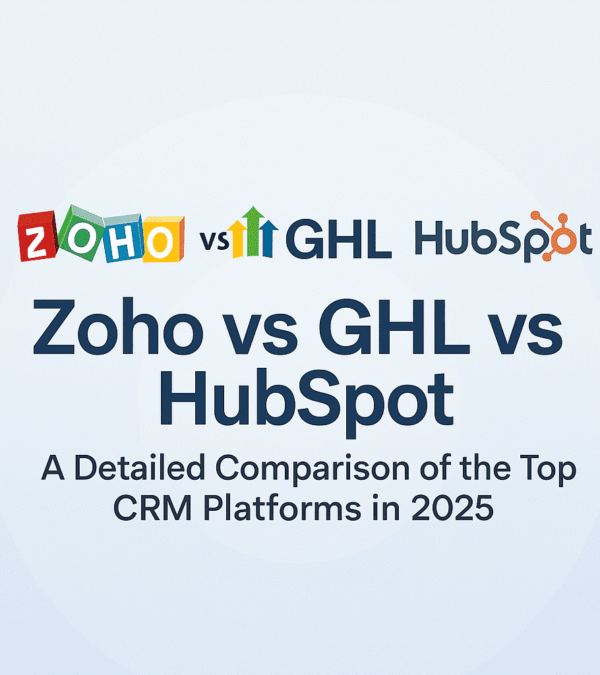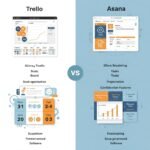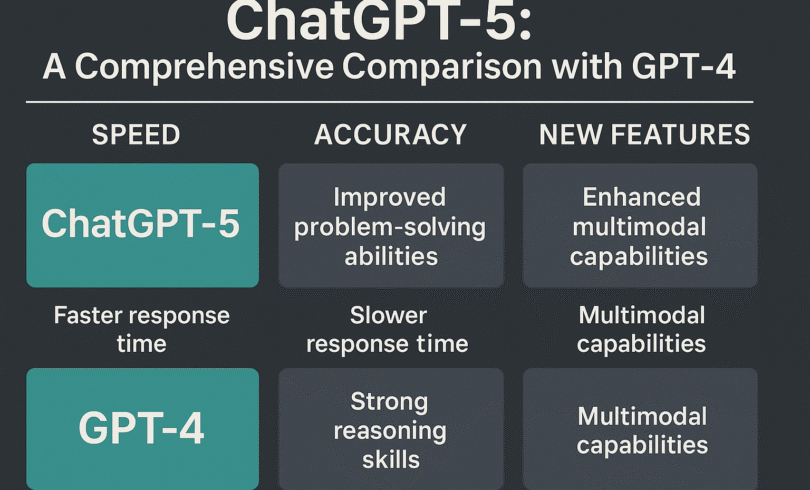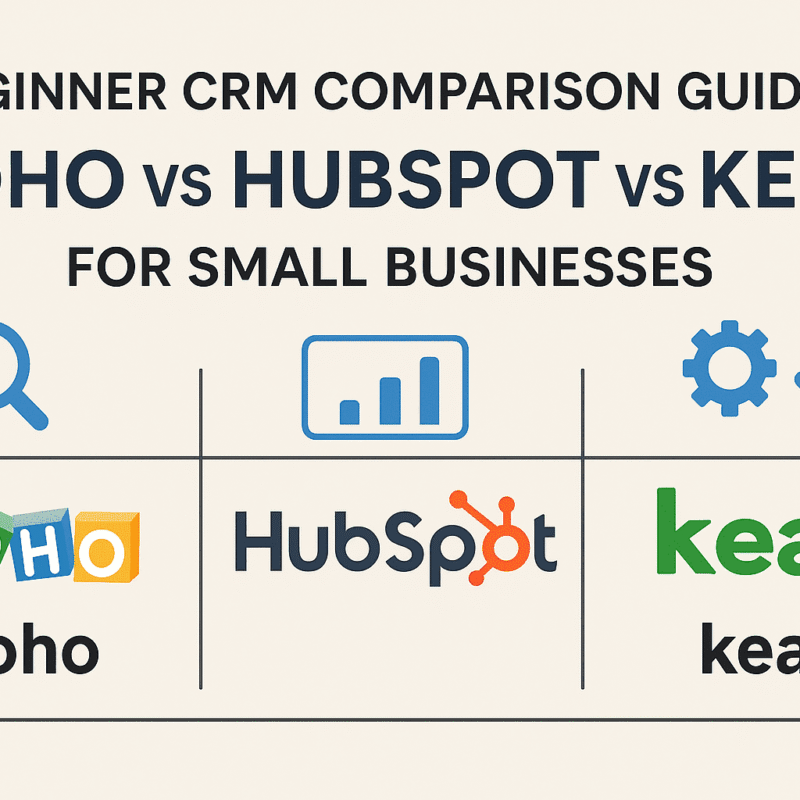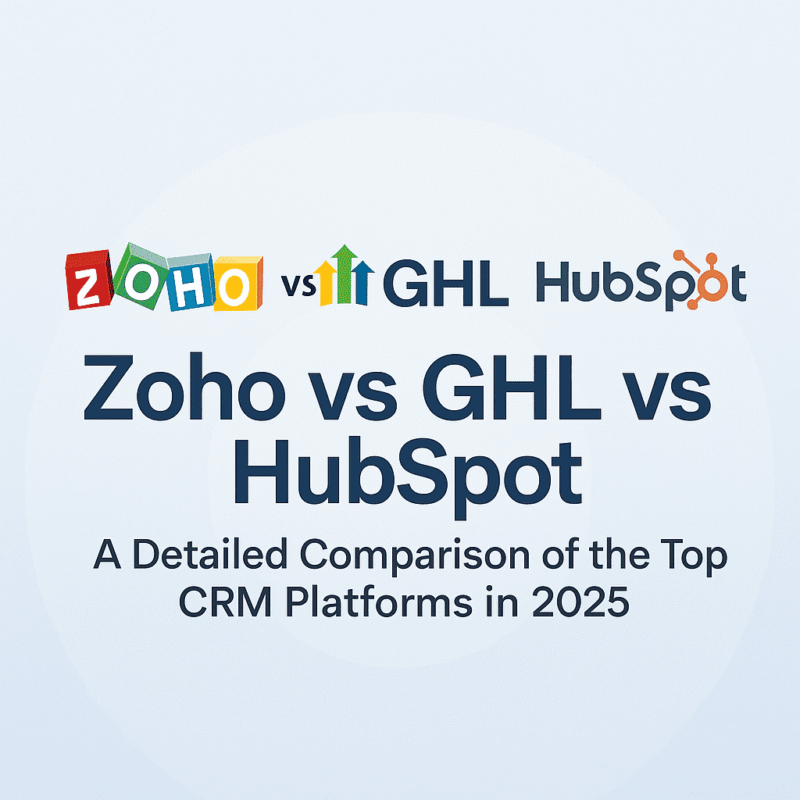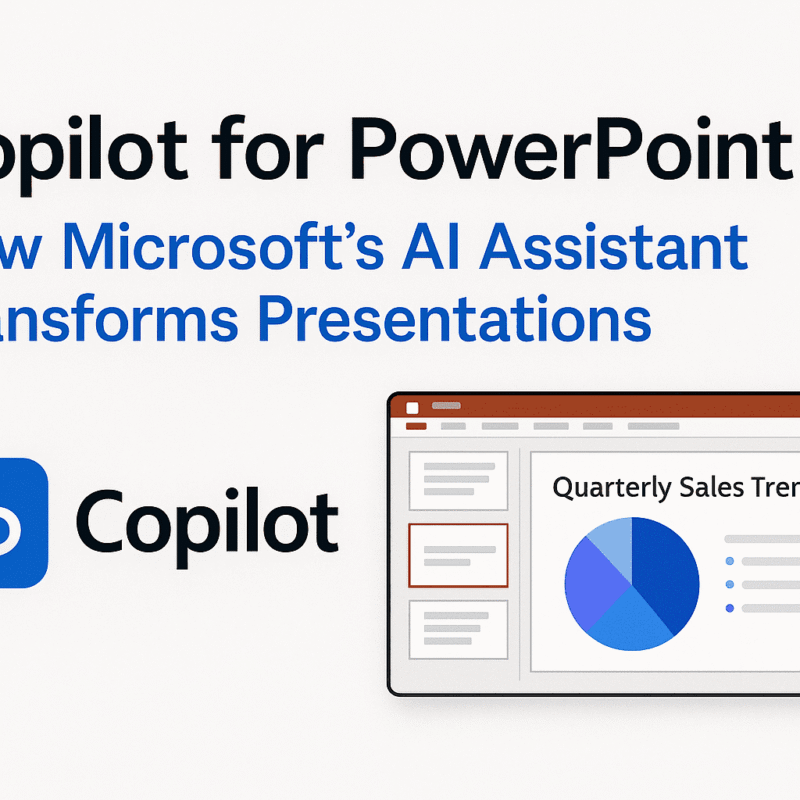How to Choose the Right Tool Stack for Your Web Projects
- Code Scaleup

- April 18, 2025
- No Comments

Choosing the right tool stack is one of the most crucial decisions when starting a new web project. The tech stack directly impacts development speed, performance, scalability, cost, and long-term maintainability. With so many tools and frameworks available in 2025, making a smart choice can feel overwhelming—but it doesn’t have to be.
Here’s a step-by-step guide to help you choose the perfect stack for your next web project:
Step 1: Define the Project Scope and Requirements
Before jumping into tools and technologies, get crystal clear on what you’re building.
Ask yourself:
Is it a static website, dynamic web app, e-commerce platform, or SaaS product?
Will it require real-time features like chat, notifications, or collaboration?
Do you need mobile support or PWA capabilities?
Will it be scaled for a large user base or internal use?
Do you need third-party API integrations or complex databases?
✅ Outcome: A clear list of project features, scale, performance needs, and user expectations.
Step 2: Decide on the Type of Web Stack (Frontend + Backend + Database)
Break your stack into 3 major components:
Frontend (User Interface)
Backend (Server, logic, APIs)
Database (Data storage)
Some popular stack combinations in 2025 include:
MERN: MongoDB, Express, React, Node.js
T3 Stack: Next.js, tRPC, TypeScript, Tailwind CSS
LAMP: Linux, Apache, MySQL, PHP (still solid for basic projects)
JAMstack: JavaScript, APIs, Markup (perfect for fast static sites)
✅ Outcome: Decide if you need a monolithic, decoupled, or microservices architecture.
Step 3: Consider Your Team’s Skill Set
It’s tempting to chase trendy tools—but your team’s expertise should lead the way.
Ask:
What languages and frameworks is your team already good at?
Do you have time/budget for learning new tools?
Is hiring talent for the stack easy and affordable?
✅ Outcome: Choose tools your team can use efficiently and confidently.
Step 4: Evaluate Community Support and Ecosystem
A well-supported stack will save you headaches down the line.
Check:
Does the tech have a large and active community?
Is the documentation strong and updated?
Are there third-party plugins, packages, or templates available?
How often are updates released and maintained?
✅ Outcome: Use tools that are stable, actively maintained, and widely adopted.
Step 5: Think About Performance and Scalability
Every project has different performance demands.
Ask:
Will the app need to handle high traffic?
Is SEO a major factor (e.g., for blogs, e-commerce)?
Is server-side rendering (SSR) or static site generation (SSG) required?
Do you need a scalable cloud backend or can it run on shared hosting?
✅ Outcome: Choose stacks that align with your current and future scaling needs.
Step 6: Security and Compliance
Security should never be an afterthought.
Consider:
Does the stack provide built-in security features (e.g., authentication, input validation)?
Are there known vulnerabilities in the frameworks?
Do you need to comply with any standards (e.g., GDPR, HIPAA)?
✅ Outcome: Select tools that allow for secure and compliant development.
Step 7: Budget and Licensing
Some tools are free, some are not.
Ask:
What are the hosting and infrastructure costs?
Are there hidden charges for commercial use?
Is the licensing model sustainable for your business model?
✅ Outcome: Pick a stack that fits your financial resources without compromising quality.
Step 8: Prototype and Test
Before committing to a full build:
Create a small prototype or MVP using your selected stack.
Test for development speed, performance, and developer experience.
Get feedback from your team or early users.
✅ Outcome: Validate the stack with a real-world use case.
Step 9: Think Long-Term Maintenance
Once deployed, your app needs updates and support.
Evaluate:
Is it easy to debug and extend?
Is there clear version control and changelog?
Can junior developers onboard easily later?
✅ Outcome: Choose a stack that’s future-proof and maintainable.
Step 10: Review and Decide
Now that you’ve evaluated all aspects—review the pros and cons of your shortlisted stacks.
Make your final decision based on:
Project type
Team expertise
Scalability
Security
Cost
Community
Future maintainability
✅ Outcome: A well-reasoned tech stack choice backed by logic, not hype.
Final Thoughts
In 2025, you have a wide variety of incredible tools to choose from. The “best” stack doesn’t exist universally—it exists for your unique project and context. Take the time to evaluate thoughtfully, prototype early, and set your web project up for success from day one.
Want help choosing a stack for your specific project? Drop a comment below or contact us—we’d be happy to help!
Let me know if you’d like tags or formatting for Markdown or WordPress.
